What looks like a stretched blueberry, tastes like a combination of blueberries, raspberries, and rhubarb, and is delicious in baked goods?
Haskaps.
You may know them as honey berries.
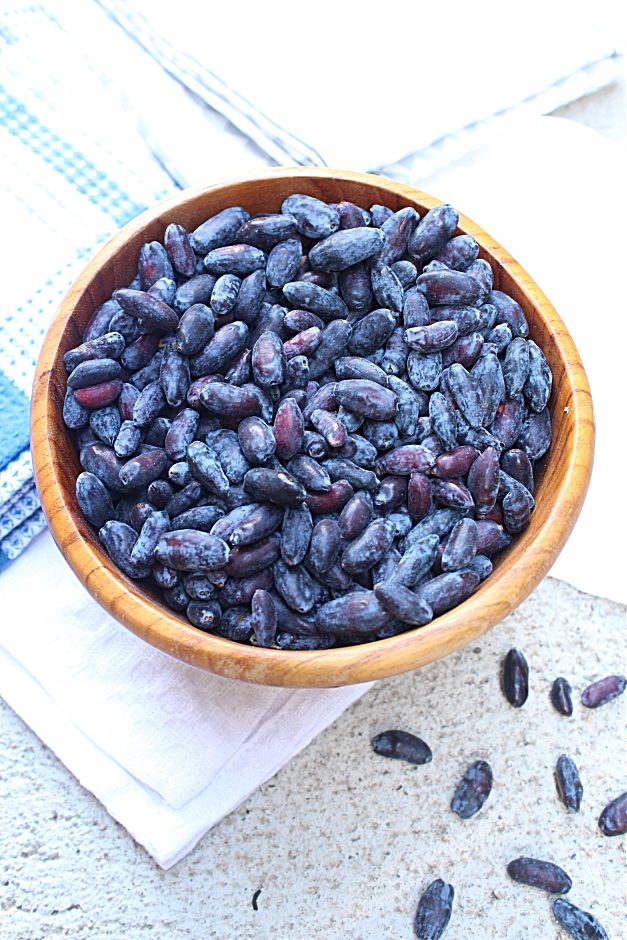
This post contains affiliate links, which means that I earn a little bit of coffee money at no extra cost to you if you purchase something from one of my links. Thanks for supporting Shifting Roots!
Growing Haskaps for Home Fruit Production
Haskaps are a very hardy fruit for cold climates and produce fruit in mid to late June. Growing haskaps is fairly easy, you just have to make sure you have at least 2 different varieties for pollination the bloom at exactly the same time.
Here’s some pairings:
- Very Early: Berry Blue and Blue Belle (also known as Polar Night and Polar Jewel)
- Early to Mid Season: Aurora and Borealis or Honey Bee and Tundra
- Late: Boreal Beauty and Boreal Beast
The taste of haskaps can vary wildly from variety to variety. Each of the pairings I’ve recommended above are good tasting varieties.
To learn more about growing haskaps and other hardy fruit in cold climates, you NEED to read Sarah Williams and Bob Bors book, Growing Fruit in Northern Gardens.


I personally own and have read this book from cover to cover and it is fantastic. There is so much more to know about growing fruit than you ever imagined. Don’t buy fruit trees for your backyard without reading this book first.
Related: 28 Hardy Fruit Trees You can Grow in Zone 2 and Zone 3
Finding Haskap Berries
Unfortunately, it’s very difficult to find haskap fruit for purchase. There are very few berry farms that grow haskaps. In fact, in order to get the haskaps for this recipe below, I had to ask in a Facebook gardening group if anyone had extras on their home bushes that they were willing to sell.
If you too are on the hunt for haskaps, try asking on Facebook, inquiring on kijiji, checking out your local fruit growers farms, or at your local farmers market. I don’t promise you’ll find any, but these outlets are your best bet.
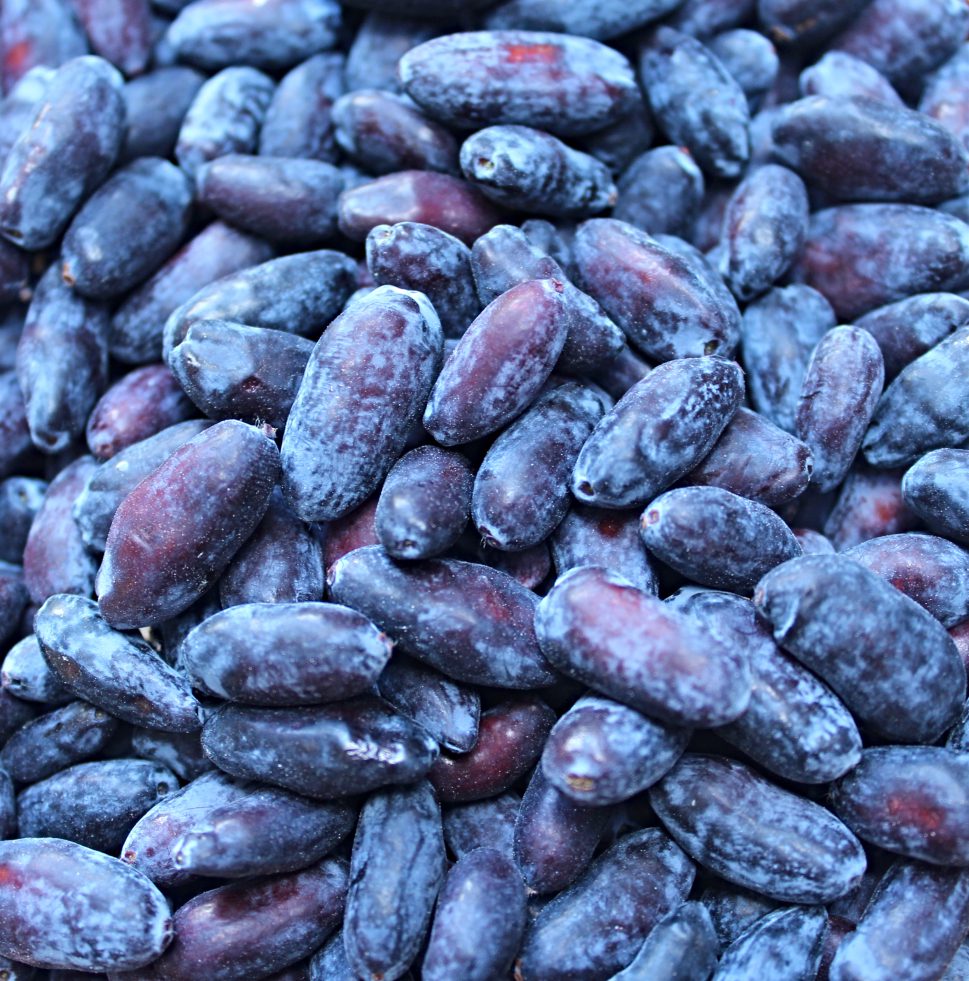
Haskap Berry Tarts
Haskap tarts are easy to make and super delicious! The taste reminds me of bumble berry pie. For the uninitiated, bumble berry pie is a mixture of Saskatoon berries, rhubarb, crab apples, or quite honestly, whatever mixture of local fruit the pie baker feels like putting in the pie.
Related: How to Organize a Pie Making Day
I used pre-made mini tart shells to make the whole process faster. You can also make the haskap filling and whipped cream the night before, and assemble the next day.
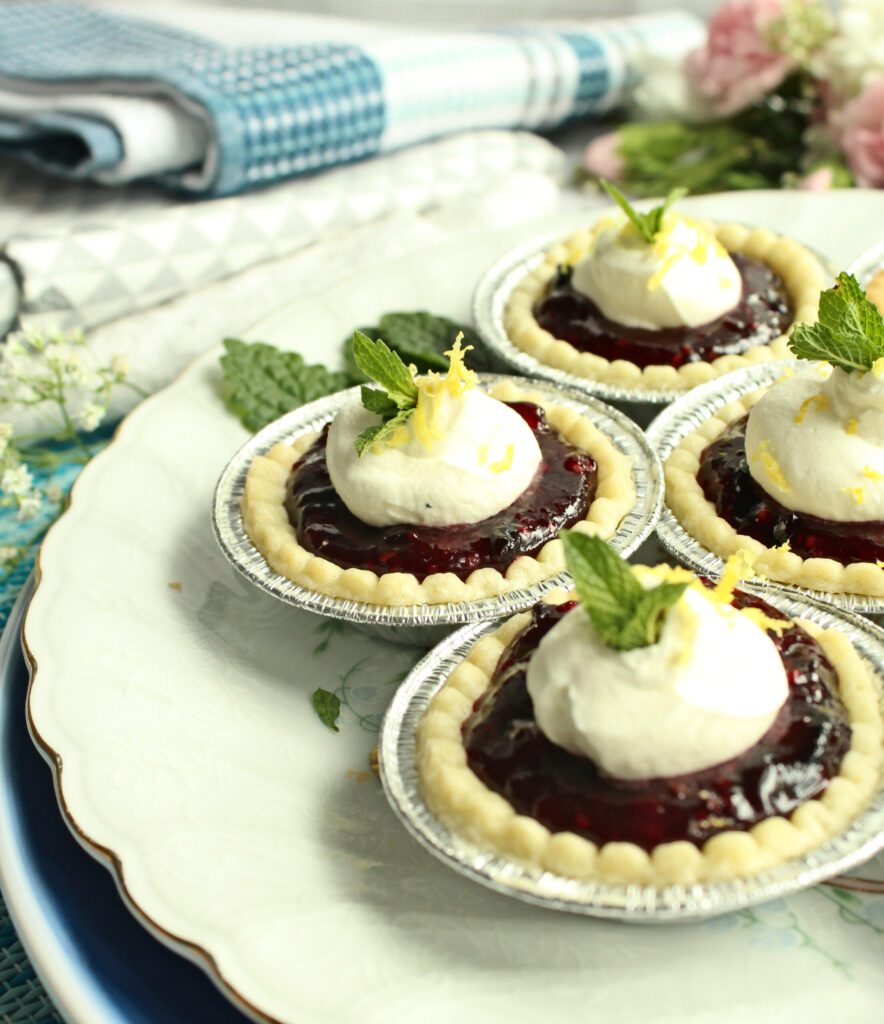
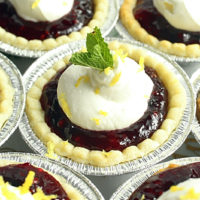
Haskap Tarts
Easy and delicious haskap tarts
Ingredients
- 3 cups haskaps,
- 2 cups white sugar,
- 1 tablespoon lemon juice,
- 1 tablespoon corn starch
- 30 tart shells
- 2 cups whipping cream
- 1 teaspoon vanilla
- 1 tablespoon sugar
Instructions
1. Preheat oven at 375 degrees Fahrenheit.
2. Cook haskaps, sugar, and lemon juice in a saucepan. Let boil until haskaps start to come apart, about 3-5 minutes.
3. Add cornstarch and stir until thickened. Remove from heat and set aside to cool.
4. Bake tart shells as per the instructions. Mine were baked for 9 minutes at 375 degrees Fahrenheit.
5. While the tarts cool, make the whipped cream topping. Combine whipping cream, vanilla, and 1 tbsp sugar and beat on high with an electric mixer until stiff peaks form.
6. Spoon 1 heaping teaspoon of haskap pie filling into the tart. Top with whipped cream and serve. Sprinkle with lemon zest for a fun garnish.
DO YOU JUST WANT THE RECIPE WITHOUT HAVING TO SCROLL TO THE BOTTOM?
Get over 25 of them– using Saskatoon berries, sour cherries, raspberries, rhubarb and more. For a limited time its only $7–60% off the regular price!
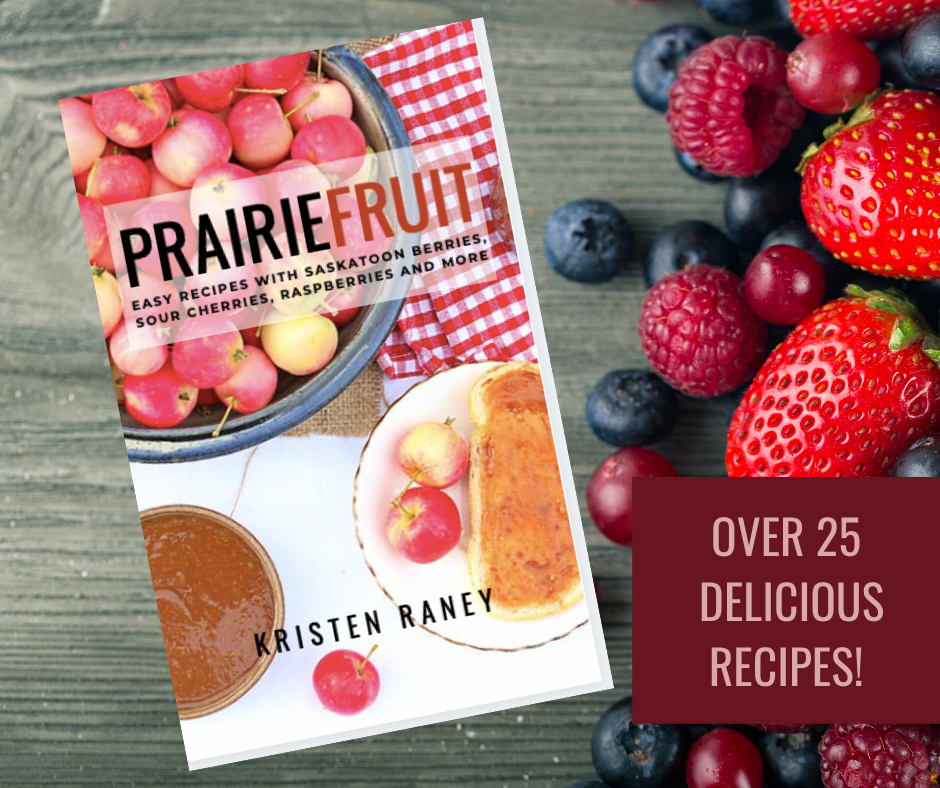
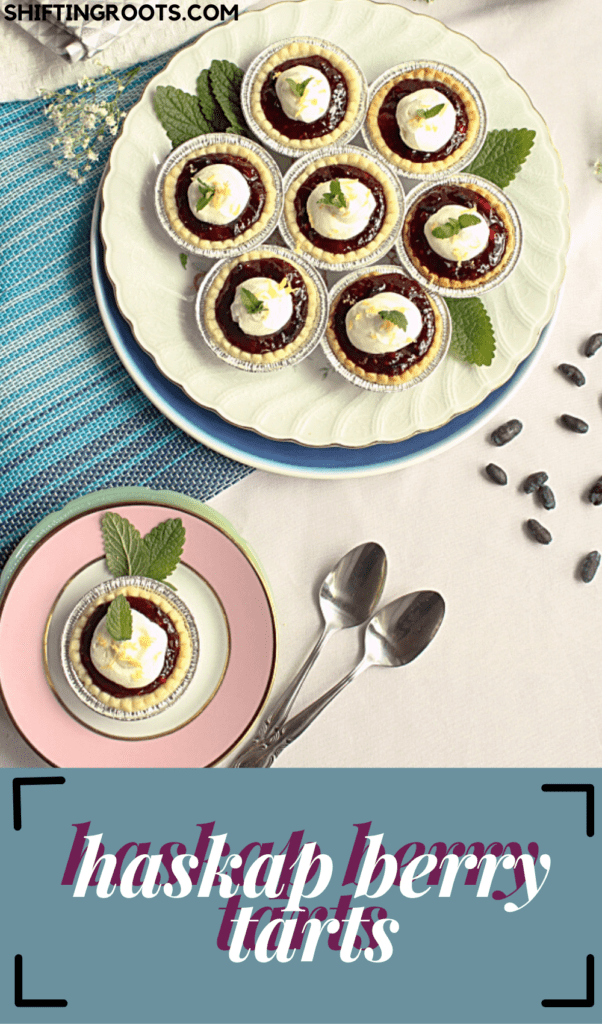
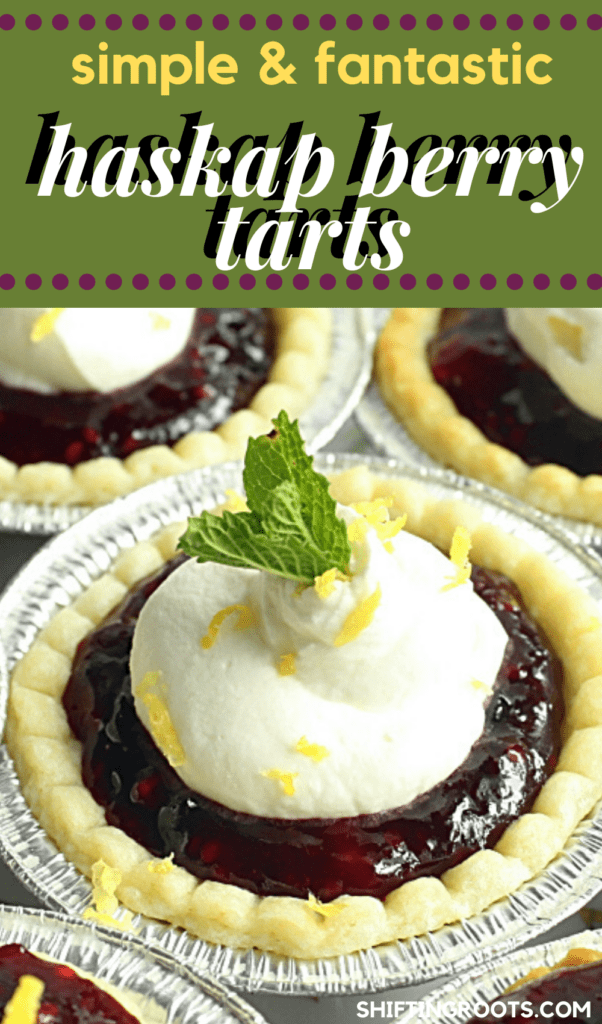
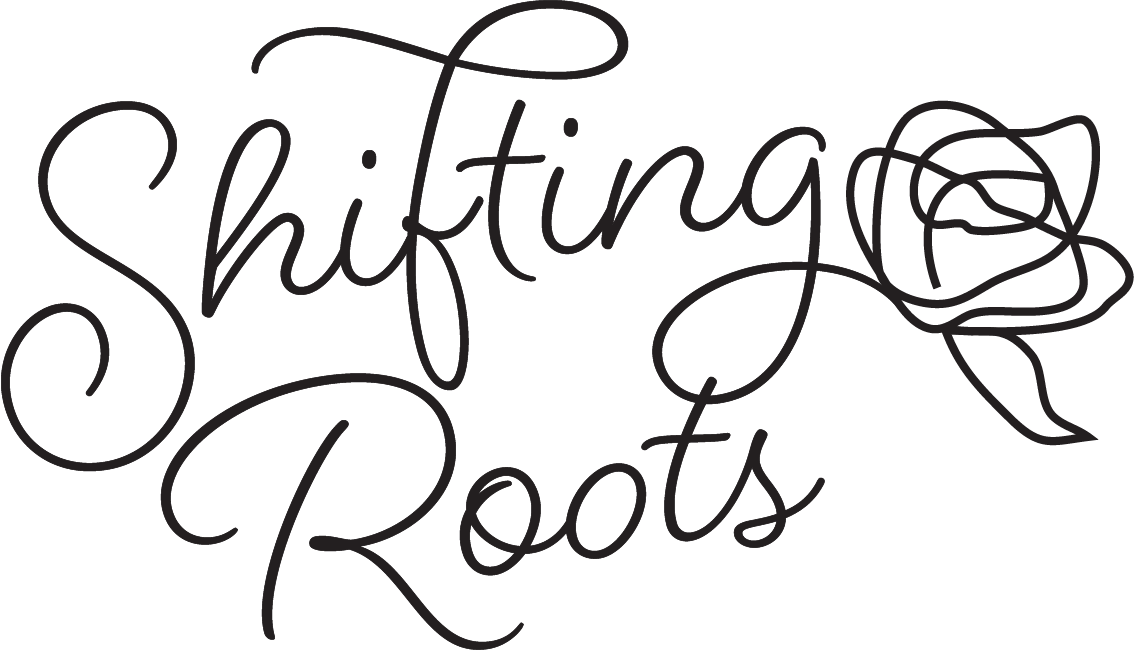
Joanne
Megan
Kristen Raney
Shirley
Kristen Raney